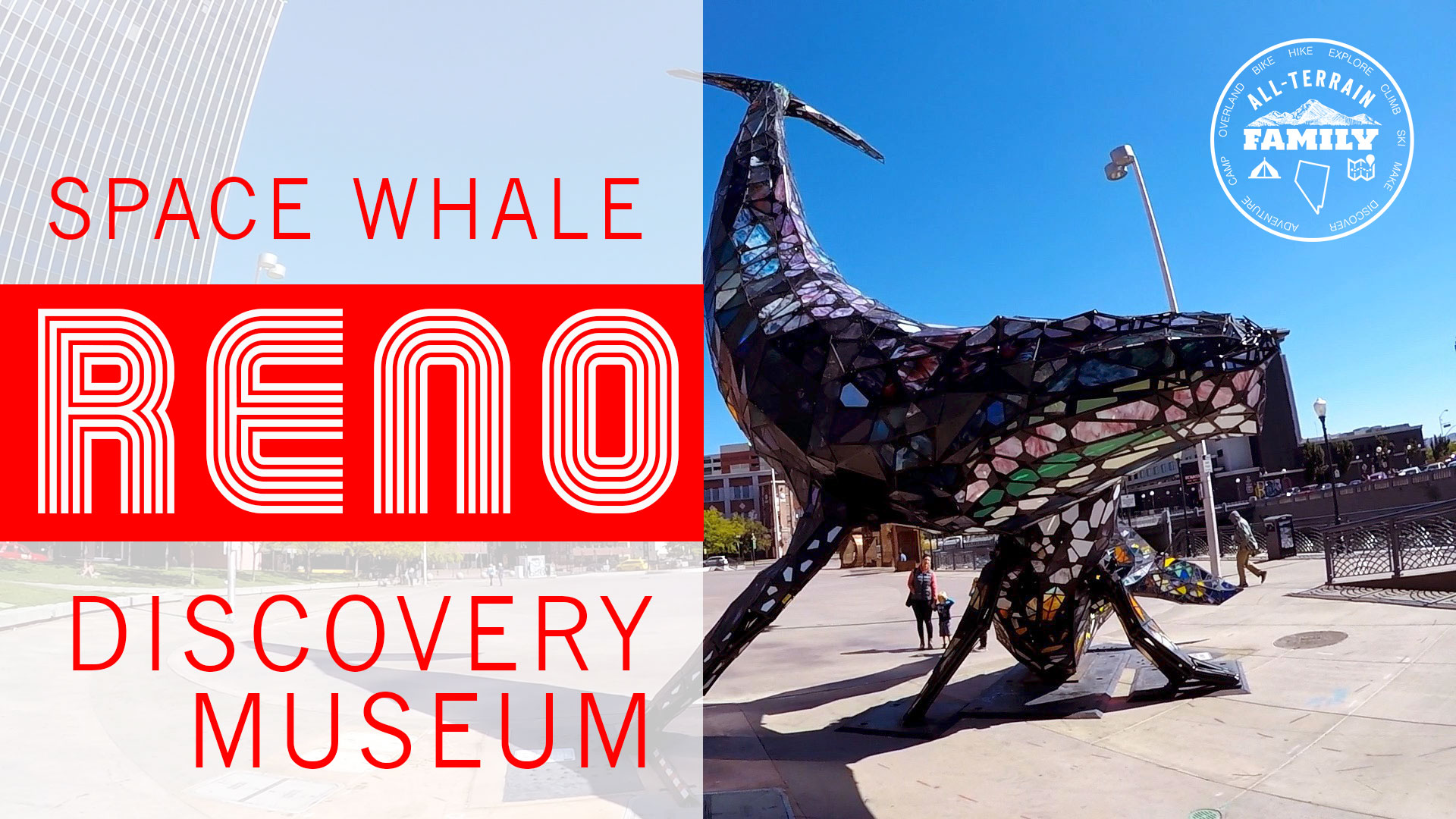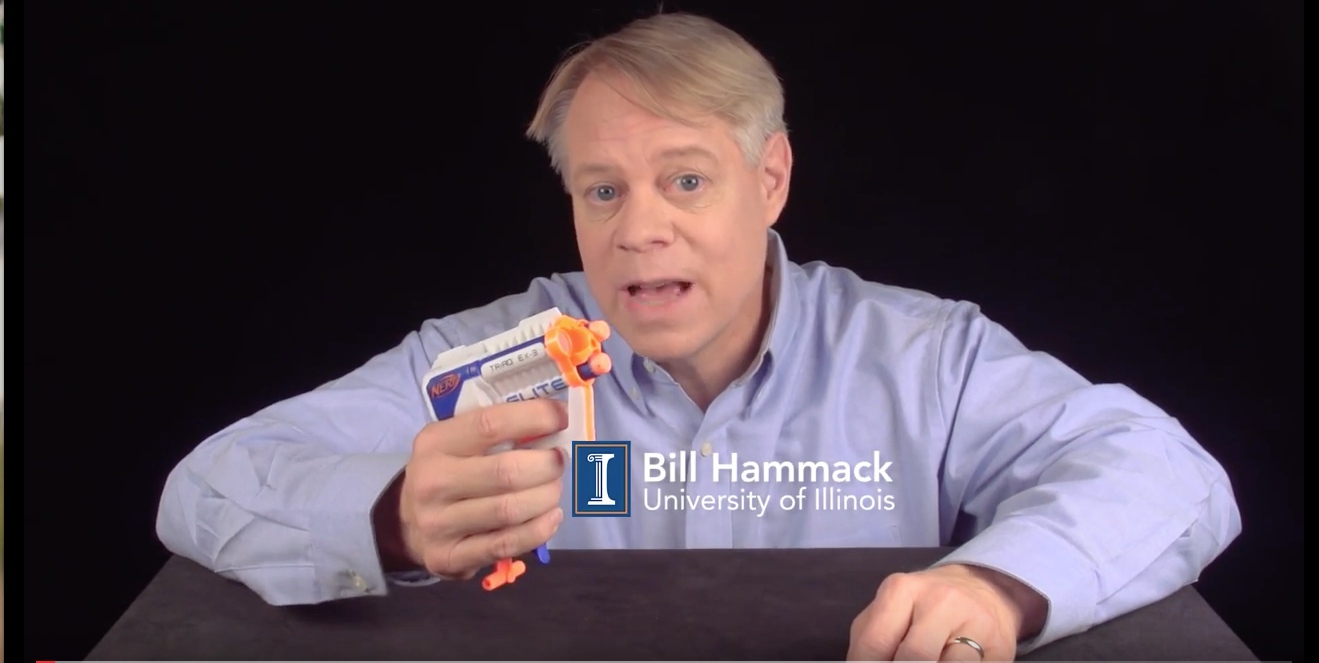I watched a great TED talk on Netflix last evening by Nick Veasey, a photographer who makes amazing images of the insides of objects using X-Rays. His images are familiar, yet strange as we can identify the shape of a bus with passengers, or a jumbo jet, but seeing through into the inside reveals much more about the object.
The Art of Nick Veasey
In the talk above, Veasey talks about how he used an instructional skeleton as he character in this image of a bus. Check out other x-ray photographs of his here.

What are X-Rays?
X-Rays, as you heard in the video above, are radiation. Specifically, x-Rays are energy that is emitted by charged particles, or electromagnetic (EM) radiation, just like the light from the sun, a lightbulb or the glow in the dark stickers on your ceiling. We can’t see X-Rays, but they penetrate solid and liquid matter to varying degrees depending on the density and composition. What we can see is the effect the X-Rays have on photographic film after they pass through objects.
As you can see in the image above, X-Rays pass through the newspaper being held by the skeleton on the right allowing you to see the bones right through it. The image is captured on old-school analog photography film that is placed behind the object.

The easiest thing to understand about visible light and X-Rays is that all EM are waves that vary in frequency and wavelength. Human eyes can only detect EM of certain wavelengths and within the visible spectrum, different wavelengths appear to us as different colors.

But there is a lot more to EM than what we can see and what can see through us. Here are a couple of great infographics that show the EM spectrum.


Vocab: Detritus
Veasey uses one of my favorite extra credit words in this. Detritus:
de·tri·tus [dih-trahy-tuhs] noun
1. rock in small particles or other material worn or broken away from a mass, as by the action of water or glacial ice.
2. any disintegrated material; debris. [dictionary.com]
-Mike











Add comment